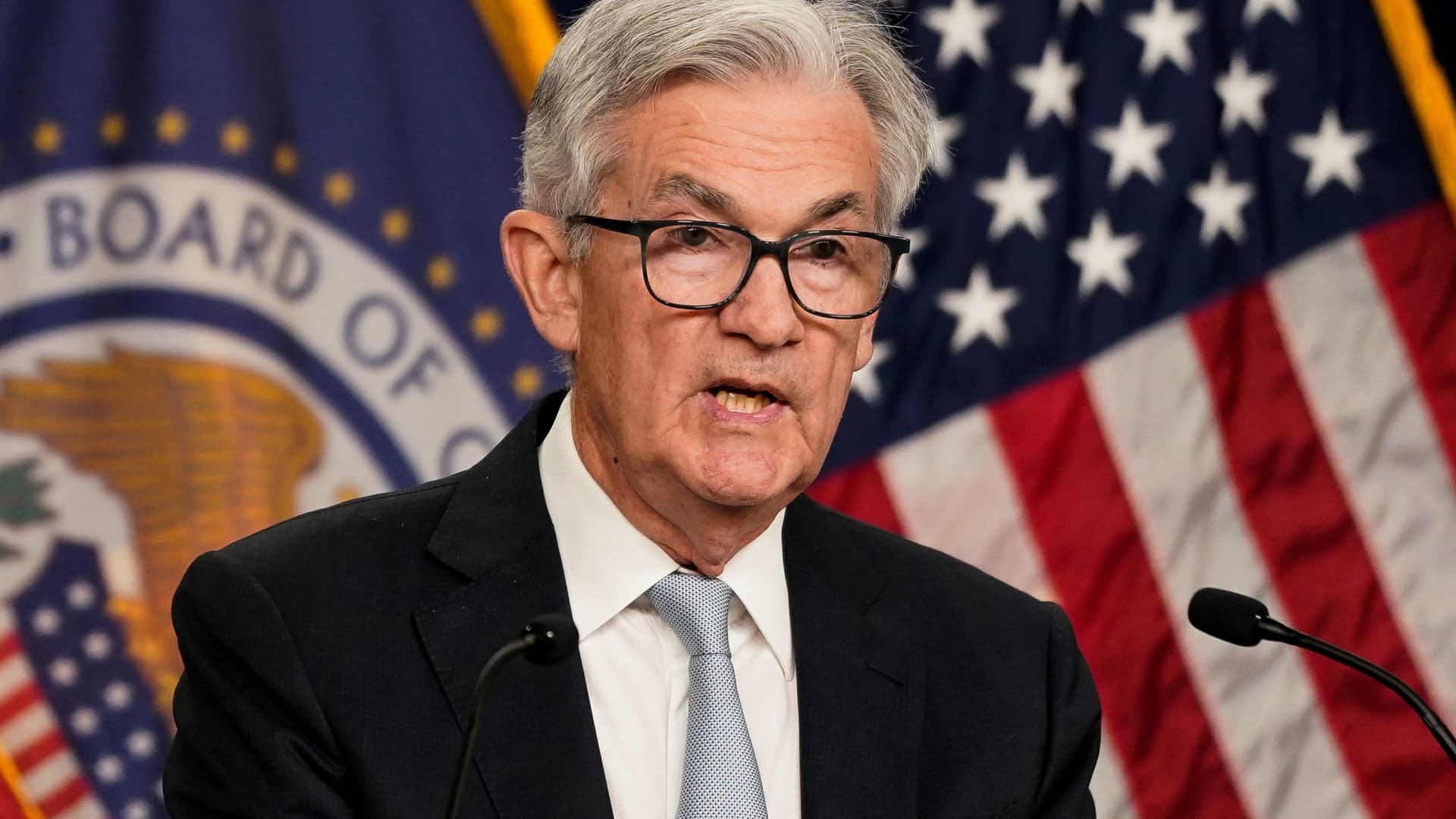Products You May Like
WASHINGTON – Federal Reserve Chairman Jerome Powell confirmed Wednesday that smaller interest rate increases are likely ahead even as he sees progress in the fight against inflation as largely inadequate.
Echoing recent statements from other central bank officials and comments at the November Fed meeting, Powell said he sees the central bank in position to reduce the size of rate hikes as soon as next month.
But he cautioned that monetary policy is likely to stay restrictive for some time until real signs of progress emerge on inflation.
“Despite some promising developments, we have a long way to go in restoring price stability,” Powell said in remarks delivered at the Brookings Institution.
The chairman noted that policy moves such as interest rate increases and the reduction of the Fed’s bond holdings generally take time to make their way through the system.
“Thus, it makes sense to moderate the pace of our rate increases as we approach the level of restraint that will be sufficient to bring inflation down,” he added. “The time for moderating the pace of rate increases may come as soon as the December meeting.”
Markets already had been pricing in about a 65% chance that the Fed would step down its interest rate increases to half of a percentage point in December, following four successive 0.75-point moves, according to CME Group data. That pace of rate hikes is the most aggressive since the early 1980s.
What remains to be seen is where the Fed goes from there. With markets pricing in the likelihood of rate cuts later in 2023, Powell instead warned that restrictive policy will stay in place until inflation shows more consistent signs of receding.
“Given our progress in tightening policy, the timing of that moderation is far less significant than the questions of how much further we will need to raise rates to control inflation, and the length of time it will be necessary to hold policy at a restrictive level,” Powell said.
“It is likely that restoring price stability will require holding policy at a restrictive level for some time. History cautions strongly against prematurely loosening policy,” he added. “We will stay the course until the job is done.”
Powell’s remarks come with some halting signs that inflation is ebbing and the ultra-tight labor market is loosening.
Earlier this month, the consumer price index indicated inflation rising but by less than what economists had estimated. Separate reports Wednesday showed private payroll growth far lower than expected in November while job openings also declined.
However, Powell said short-term data can be deceptive and he needs to see more consistent evidence.
For instance, he said Fed economists expect that the central bank’s preferred core personal consumption expenditures price index in October, to be released Thursday, will show inflation running at a 5% annual pace. That would be down from 5.1% in September but still well ahead of the Fed’s 2% long-run target.
“It will take substantially more evidence to give comfort that inflation is actually declining,” Powell said. “By any standard, inflation remains much too high.”
“I will simply say that we have more ground to cover,” he added.
Powell added that he expects the ultimate peak for rates – the “terminal rate” – will be “somewhat higher than thought” when the rate-setting Federal Open Market Committee members made their last projections in September. Committee members at the time said they expected the terminal rate to hit 4.6%; markets now see it in the 5%-5.25% range, according to CME Group data.
Supply chain issues at the core of the inflation burst have eased, Powell said, while growth broadly as slowed to below trend, even with a 2.9% annualized gain in third-quarter GDP. He expects housing inflation to rise into next year but then likely fall.
However, he said the labor market has shown “only tentative signs of rebalancing” after job openings had outnumbered available workers by a 2 to 1 margin. That gap has closed to 1.7 to 1 but remains well above historical norms.
The tight labor market has resulted in a big boost in worker wages that nonetheless have failed to keep up with inflation.
“To be clear, strong wage growth is a good thing. But for wage growth to be sustainable, it needs to be consistent with 2% inflation,” he said.
Powell spoke at length about the factors keeping labor force participation low, a key factor in addressing the imbalance between open jobs and available workers. He said an important issue as been “excess retirements” during the Covid pandemic.
